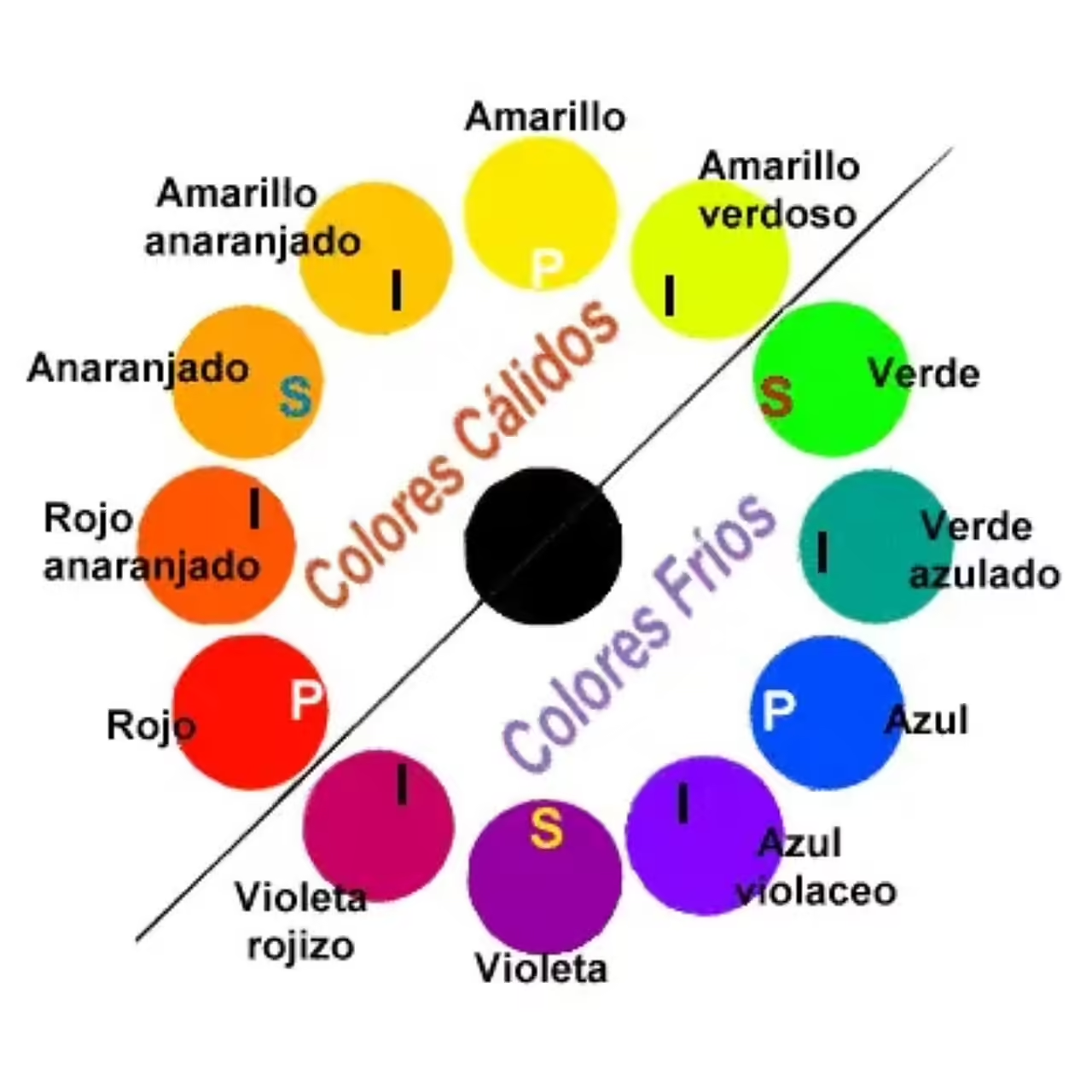The literary voice that runs through the story is known as narrator, telling us the facts, actions and emotions of the characters involved in the story. This “voice” has an insight into the facts, depending on the place it occupies in the story, that is, whether it is the protagonist, a mere witness or the connoisseur of all past events and to occur.
According to this perspective, also known as “focusing” or “point of view”, the narrative voice can be classified into three large groups: Indiediegetic Narrator (First Person), Self-diegotic Narrator (Second Person), Extradiegetic Narrator ( Third Person). In this case, we’ll see how the narrator is identified in Third Person, and what types of narrator this voice encompasses.
According to Literary Theory, the Extradiegetic Narrator (in Third Person) – unlike the first-person narrator, is outside the work (heterodiegetic). However, certain theorists point to this voice as the ideal one for making an objective and universal narrative, it is actually used very little by most writers, who since the middle of the twentieth century have opted for first-person narratives.
Within this type of narrators, at least three types of them can be distinguished, according to the point of view under which the story narrates. These would be the following:
Omniscient Narrator: not part of the story, yet it is a voice that knows and tells everything about the facts and characters that make up the story. Use the third person of the singular or plural to tell the story, as well as telling the stories with the utmost objectivity. This type of narrator tells the reader the thoughts and feelings of the characters, knows everything and is in all the facts of the story, so it is not only omniscient, but also has the quality of ubiquity. He knows what happened and what’s going to happen.
Madonna’s biography
Witness Narrator: Tells what you see, but – unlike the first-person witness narrator – does not participate in the story. However, he is an eyewitness to history, which counts as he perceives it. He also distinguishes himself by telling the story without referring to himself, or allowing us to know his identity very well. Within this type of narrator, in turn, two types can be distinguished:
Impressional Witness: narrates events in the present tense, simply counts what you see, such as a permanently lit camera. He has a focal view of the story.
Eyewitness: Narrates events witnessed by him a while back. It is also characterized by having a record similar to an official document (declaration of facts) or a chronicle, in order to give authenticity to his account.
Equiscient Narrator: Also using the third person to tell his story, this type of narrator is characterized by identifying with a specific character of the work, being able to know from it only what the character has told him.
Another type of storyteller
Other types of narrators can also be identified, such as the Deficient Narrated, also known as the objective narrator, which is characterized by knowing very little about the story, limiting itself only to what he sees. This type of voice is frequently used in the journalistic record. Likewise, we find the encyclopedic narrator, which is distinguished by its impartial quality and its encyclopedic record, through which it describes the facts, characters and concepts.
Image source: lacatarina.udlap.mx








